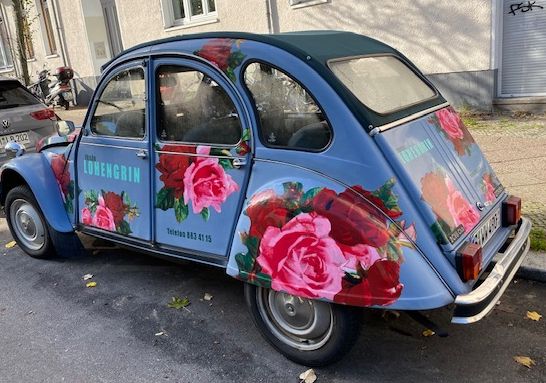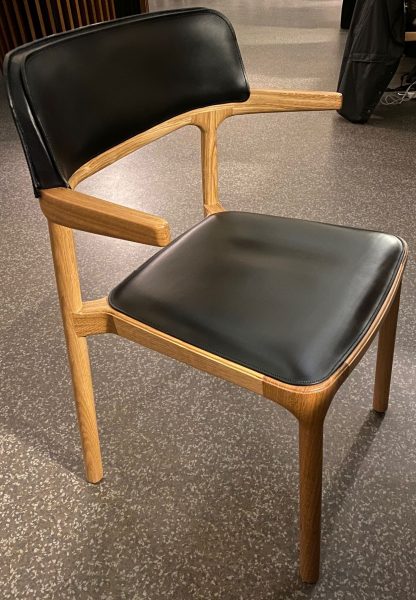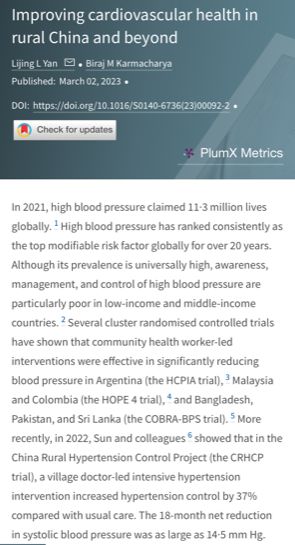Pressure or stress, in most humans, contributes to higher blood pressure. Sources for pressure are manifold and that is the basic problem. As it is hard to identify the major sources of high blood pressure, we often use a summary term “life style” in order to avoid shaming particular substances, (tabaco, red meat, alcohol to name just a few). Among life style elements is the daily rush to work and back home or bringing children to school and home again. Work itself is a major contributor as well. Leisure activities are not free of pressure in order to perform at a person’s best. As in many health topics, the balance does the trick. This is common knowledge beyond the Asian world as in their health philosophy of Yin and Yang. The Western world is proud to have the best and highest availability of medical treatment and hospitals for their populations, accepting some inequality in access nevertheless. For countries with less means for curative practices they have no choice and have to focus on preventive strategies (Lancet Study Link). Rural China, therefore, is a good case to study access and willingness to apply western medical type treatment of high blood pressure is too expensive and just not available in sufficient numbers. The good news is, with a preventive programme based on nurses rather than medical doctors the prevention of high blood pressure works reasonably well. Community health workers are therefore a cost-effective alternative in reducing blood pressure. Sitting is the new smoking, and driving around in a car rather than walking or cycling are health risks, even if the car or the chair is a very nice one.




